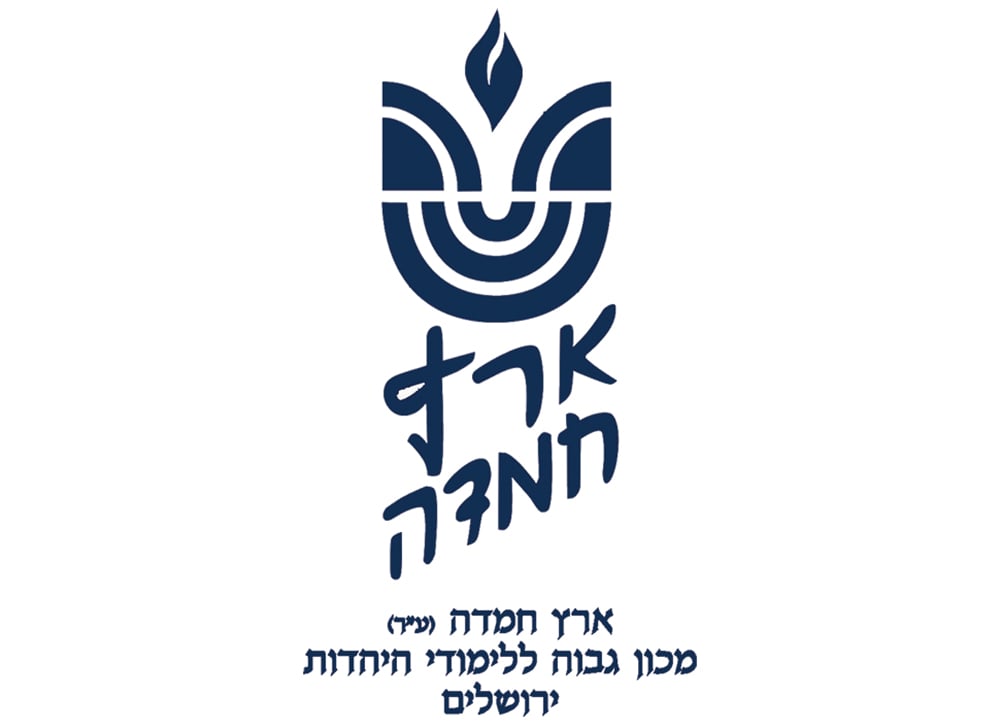
לעילוי נשמת
יואל אפרים בן אברהם עוזיאל זלצמן ז”ל
Question: I have heard that the mitzvah of eating matzah was supposed to be to eat one kezayit but that it became a mitzvah to eat five kezeitim. Is that true, and if so, how and why is that?
Answer: There is no individual mitzvah to eat five kezeitim of matzah. Rather, the fact that matzah “wears different hats” makes it necessary to eat multiple kezeitim—between three and five to be “less exact.”
The first two “hats” come at what we call “motzei matzah.” The Seder is a Yom Tov meal, which, rabbinically, requires bread, which must be matzah rather than chametz. At this time (according to most Rishonim—see below), we also want to fulfill the mitzvah from the Torah to eat matzah (Pesachim 120a). The interaction between the two requirements causes complications. We usually have two full loaves (lechem mishneh) for Shabbat/Yom Tov meals (Brachot 39b). On Pesach, we use a broken “loaf” of matzah, based on the idea of “lechem oni” (ibid.). One machloket Rishonim is whether we need “lechem mishneh” plus a broken matzah or that one of the two loaves should be broken (see Rosh, Pesachim 10:30). We pasken the former approach (Shulchan Aruch, Orach Chayim 475:1).
Another machloket Rishonim (see Tosafot, Brachot 39b) is whether the same matzah can be used for the two elements. One approach is that if one uses one matzah despite the two brachot (and elements), it violates the rule to not do “mitzvot in bunches.” A second approach is that it is enough to eat from one matzah because there is one classic mitzvah (eating matzah). The bracha of Hamotzi is just a regular bracha on food, not a separate act of mitzvah or a sign of one. The Shulchan Aruch (Orach Chayim 475:1) rules that we must eat from separate matzot and adds that one requires a kezayit from each. This is the “second kezayit.”
Some question why we would need a full kezayit from the “matzah of Hamotzi,” considering that we make Hamotzi on any amount of bread. The Pri Chadash (ad loc., cited by the Mishna Berura 475:9) says it is because of a machloket whether the whole matzah is for Hamotzi and the broken one is for the mitzvah of matzah or vice versa. This causes us to treat each matzah as if it is the one for the mitzvah of matzah, so that we need a kezayit of each. Some say that this chumra is anachronistic. Since, nowadays, participants only receive a small amount from the “whole” and “broken” matzot held by the leader of the Seder, there is little purpose for more than a second full kezayit (see Dirshu 474:8; Halichot Shlomo, Moadim I:9:40). Others try to uphold the minhag of two kezeitim on various grounds (see Piskei Teshuvot 475:5). In any case, all major requirements are fulfilled by eating one kezayit from any matzah (Mishna Berura 575:11).
The next kezayit is for korech, which is a remembrance of the way Hillel instructed people to eat matzah and maror together when having a Seder with a Korban Pesach. For this, all agree that one kezayit suffices.
The final thing eaten is the afikoman. The Shulchan Aruch (Orach Chayim 477:1) suffices with one kezayit, but the Acharonim bring a minhag to have two kezeitim. Some Rishonim (see Rashi, Pesachim 119b) say afikoman is intended to be the main fulfillment of eating matzah, but that does not explain two kezeitim, since there is no new bracha of Hamotzi on it. The Magen Avraham (477:1) says that since the afikoman is a remembrance of the Korban Pesach, (Rosh, Pesachim 10:34), we have one kezayit to represent the korban and one representing the matzah eaten with it. The Taz (477:1) says that we eat an especially big amount because the mitzvah is dear to us. Either way, this minhag is a chumra—which is no more than preferable (Mishna Berura 477:1; Yalkut Yosef, Tzafun 1).
The stakes between the different opinions are small. Poskim agree that for the “second kezayit” each time, one can follow a lenient opinion on the size of a kezayit, and most of us will eat a much bigger shiur if we assume only a kezayit (see Ohr Letzion III:15:12). So, our big kezayit will come at least close to covering a basic two kezeitim.
Rabbi Mann is a dayan for Eretz Hemdah and a staff member of Yeshiva University’s Gruss Kollel in Israel. He is a senior member of the Eretz Hemdah responder staff, editor of Hemdat Yamim and the author of “Living the Halachic Process, Volumes 1 and 2” and “A Glimpse of Greatness.”












